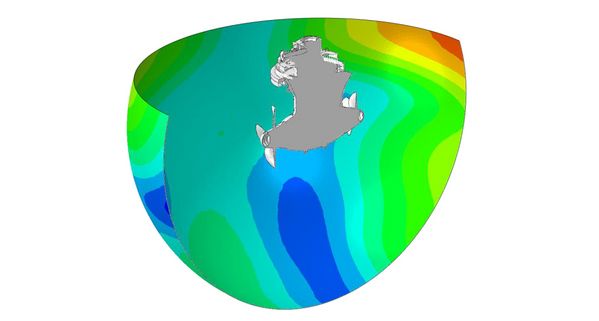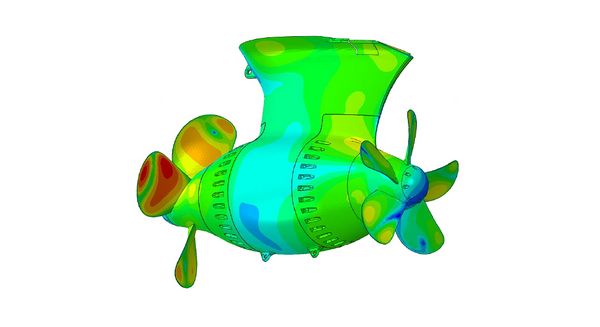On seagoing vessels, propulsor systems cause two types of noise. There is the noise you hear onboard the ship, called onboard noise, and then there’s the kind you hear underwater, also known as underwater radiated noise (URN). Although the former has been of concern for some time, the latter is gaining in importance. Our experts at Steerprop are designing systems and conducting research to reduce both onboard noise and URN.
A whale of a problem
The requirements for noise reduction depend on the type of shipping being done. While onboard noise tends to disturb passengers on passenger ships, underwater radiated noise (URN) is much more harmful to delicate underwater ecosystems. For example, in the sensitive areas of the Arctic or the Antarctic, URN might affect seagoing creatures and habitats.
In the areas surrounding the Port of Vancouver, officials implemented reduced harbor fees for ships that met certain URN criteria, due to the sensitivity of the local native whale and mammal populations. Around the world, fishing vessels are concerned with URN causing evasive behavior of fish, and research vessels often cite this noise as degrading the quality of underwater signal measurements.
Classification societies, such as DNV-GL, have also started implementing noise limits. Currently, not many vessels are URN classified, but that’s expected to change in the near future.
What causes the noise?
To meet the demand for new or modified URN classified vessels, designers and shipyards should give due attention to all major noise sources on board.
On the propulsion side, they should concentrate on mitigating the two primary sources of propulsor noise, i.e. designing propellers and drive trains to be more silent. Propellers cause noise through water cavitation, and drive trains make noise with mechanical power transmissions and gears.
At Steerprop, we are addressing both problems. Our contra-rotating propulsion (CRP) solution limits propeller noise by having two separate propellers, each with a lower loading, which helps prevent cavitation and lowers both onboard noise and URN. We have also worked to reduce drive train noise with our special LM unit. Integrated with a permanent magnet (PM) motor, the LM unit removes the upper gear, replacing it with a more silent electric motor.
Studies for deeper insight
We also continue to seek new ways of understanding and reducing noise through joint research projects. We have been collaborating with Finland-based ATA Gears to study the impact of various geometries and components on noise. Using FEM calculations, we have studied noise excitation and noise transmission mechanisms in our Z, L and M units.
For a RoPax ferry and an expedition cruise vessel, we have made both structure-borne noise and URN measurements. The latter were made together with Luode Oy, a company specializing in underwater measurements.
While we have made some strides, many issues with onboard noise and URN are still difficult to predict since there aren’t any public databases available, especially not regarding URN. For example, navies around the world hold URN data close to their chest, since they can use the URN to determine a vessel’s signature and figure out what type of vessel is in the water.
Regardless, we are intent on conducting ongoing research and doing our very best to continue improving our solutions to address the needs of our customers. That includes researching absolute noise levels, as well as gathering data and determining methods to help design and engineer ever quieter vessels.
Author

